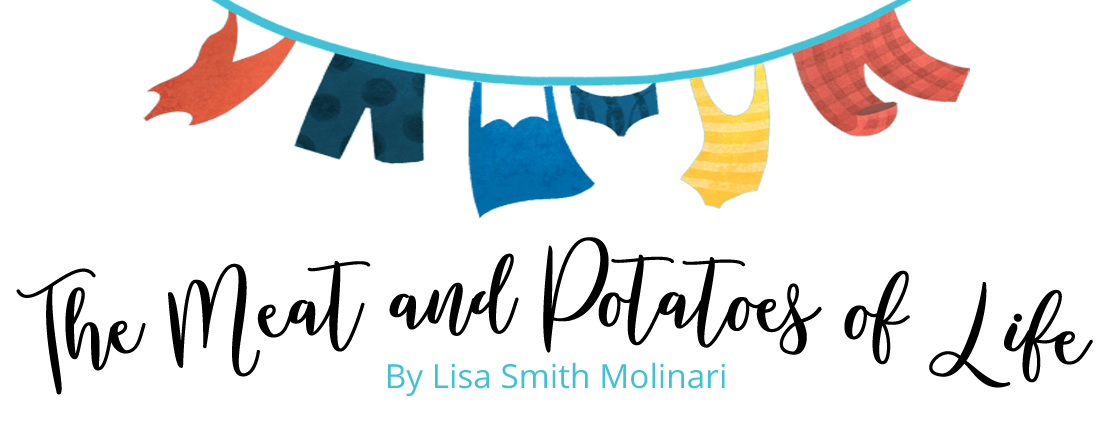
“Oh no!” I gasped, in a crowded Rhode Island bar, as I watched six-foot-five Steelers’ quarterback Mason Rudolph drop like a rag doll after a helmet hit by Ravens safety Earl Thomas on Sunday, October 6th.
The Twin Willows was the closest bar with an NFL package, so my husband, Francis, and I sat at a table, looking across the room to a small television mounted beside the bathrooms, because it was the only one tuned to a game other than the Patriots. After eleven military moves, we were accustomed to finding creative ways to watch our favorite team. Over the years, we watched pixilated streaming images on our desktop computer, in the middle of the night on Armed Forces Network, and at bars with an NFL package in California, Virginia, Florida and Rhode Island.
The sound of the Steelers game was muted at Twin Willows, so we huddled around my phone, listening to delayed online audio, amidst Patriots’ broadcasts blaring from a dozen other televisions in the bar. The New England fans surrounding us eventually took notice of the Steelers’ crisis, and despite being a spoiled rotten group of team-centric fans, they, too, gasped at the gruesome playback videos of the hit that rendered Rudolph unconscious.
As the fresh-faced, 24-year-old player lay motionless on the field surrounded by medics, coaches and visibly anxious teammates who must’ve been remembering linebacker Ryan Shazier’s December 2017 hit that required spinal stabilization surgery to prevent paralysis, we all watched with our mouths agape. My mind flashed with silent dread: What if it’s a head injury? Concussion? Broken neck? Paralysis? Is playing football worth that?
“What must his mother be thinking right now?” I wondered.
Ask any mom her opinion of the safety of tackle football, you will most likely get an earful about the scientifically-proven risks associated with helmet-to-helmet hits, concussion injuries, and long-term neurological damage. But ask a football mom like me, and the answer will be a conflicted mix of genuine concern for the players and love for the sport. My son played high school football at three duty stations, and I always volunteered to help his teams. The many unpaid duties required of a football mom dictate that she must not only love her son, but must also have affection for the institution of American football.
Why else would we bake dozens of cookies, cook vats of lasagne, write hundreds of emails, raise thousands of dollars, populate complicated spreadsheets, xerox game programs, man concession booths, write grant requests, and file 50-page IRS tax-exempt status forms on behalf of the Booster’s Club?
Because, there’s just something about football. The crispness of the fall air; the sound of marching bands; the Friday night lights and the Sunday afternoon tailgates; the bowls of game day chili and platters of chicken wings; the strategic plays and raw athleticism of this most all-American sport.
But even football moms secretly fear the increasing risks involved in playing football. A 2019 study shows that a player’s risk of developing the devastating degenerative disease, chronic traumatic encephalopathy (CTE), which causes memory loss, dementia and depression, double after 5.3 years of playing the game. The study relied on analysis of donor brains from deceased football players. A similar study in 2017 found that, of 111 brains of NFL players donated, 110 were found to have CTE.
After everyone at Twin Willows waited through an agonizing commercial break, the cameras showed Rudolph sitting up, talking, and then walking slowly with the help of his teammates to the locker rooms, where he was whisked off to the hospital and diagnosed with a concussion. (He returned to practice only four three days later under concussion protocol orders, but didn’t play in the October 13th game against the Chargers. This is a buy week.)
To my surprise, all the Patriots fans in the bar that day had been watching the small muted television near the bathrooms to see if the young player was okay. Why? Because although football fans love the full-contact gridiron sport enough to suffer various inconveniences and aggravations to watch it, we are also human enough to know that no sport is worth disabling injuries to the athletes who play it.









Reader Interactions